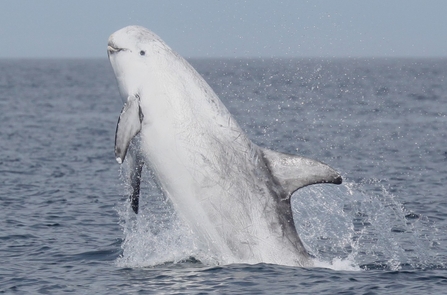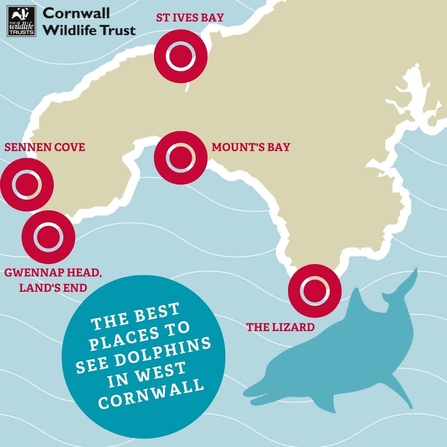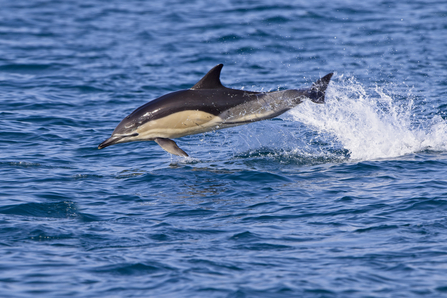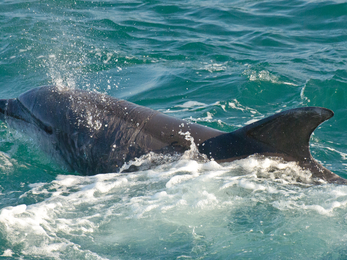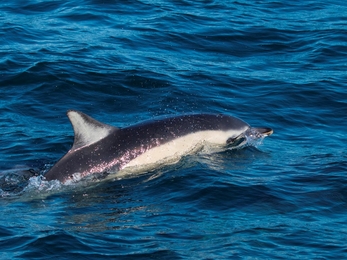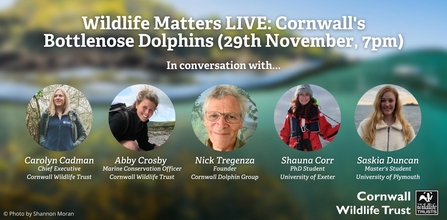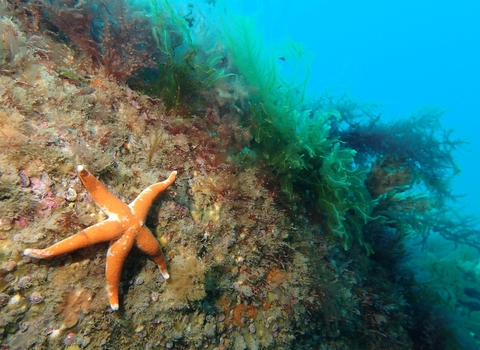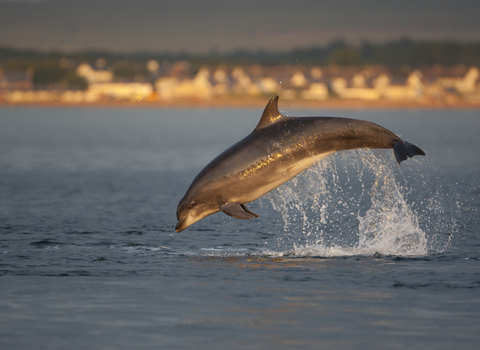Cornwall is home to an array of truly wonderful wildlife. In fact, it’s is amongst the best places in the UK to see such majestic marine megafauna! The diversity of wildlife found in West Cornwall is what makes it so pure and special. Every year, particularly in the warmer summer months, dolphins and porpoises can be clearly seen from clifftops, harbours, and beaches as they feast on fish stocks and play amongst the waves.
What species of dolphins can be spotted in West Cornwall?
There are lots of different species of dolphin, and just one species of porpoise, that can be commonly seen in West Cornwall:


